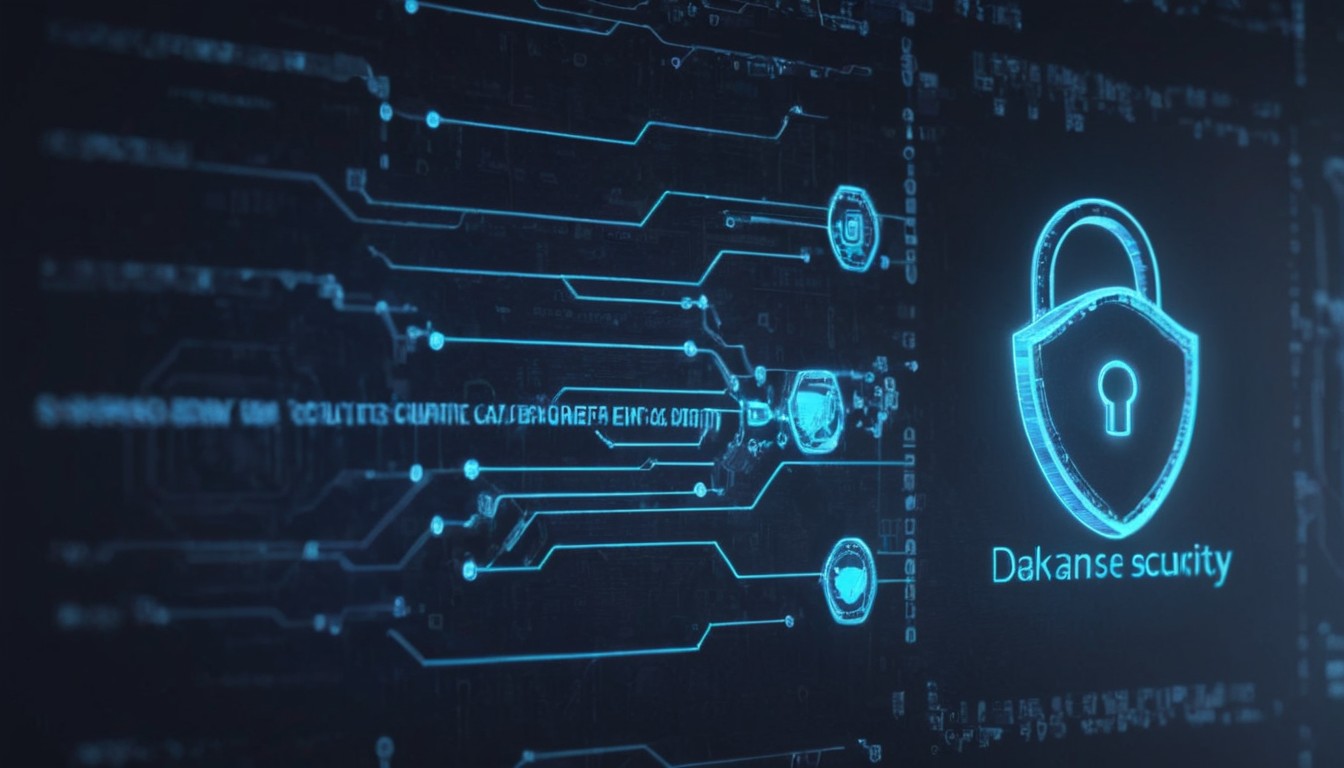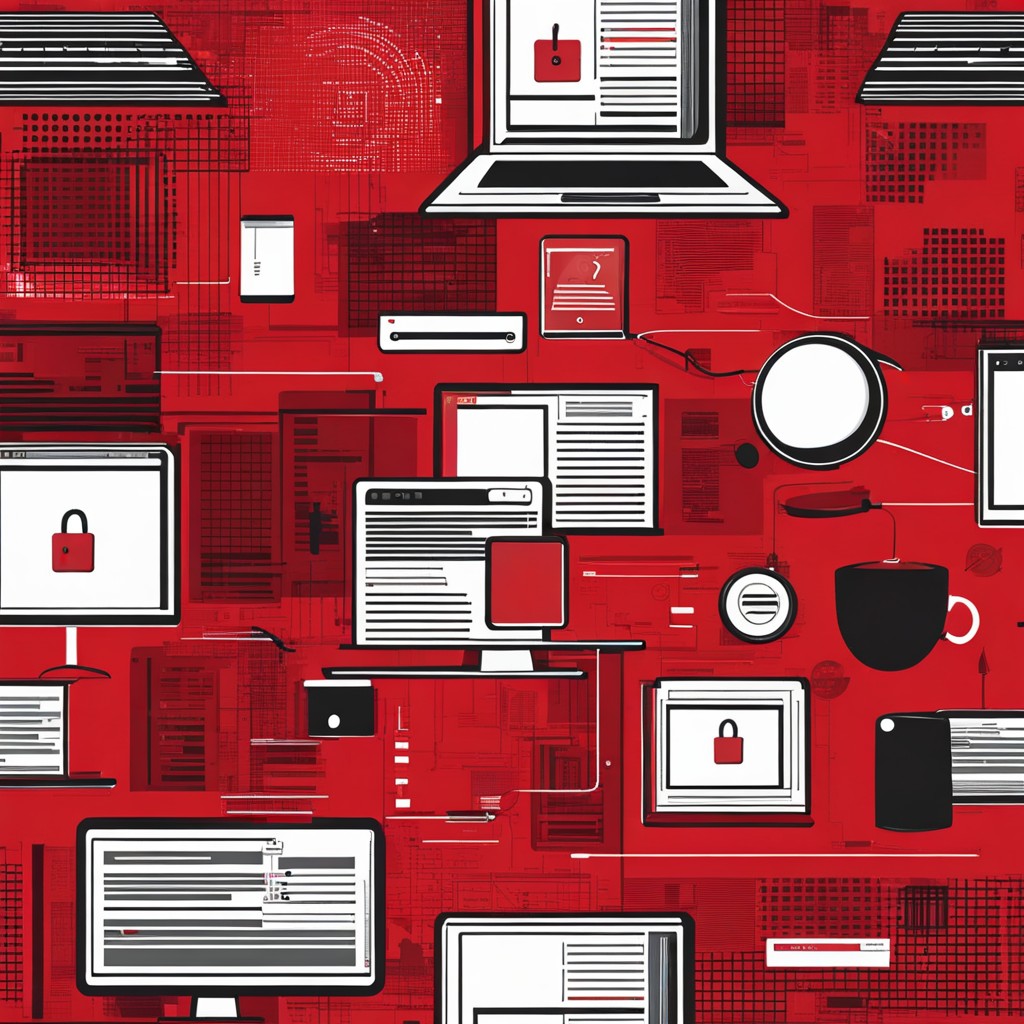The National Institute of Standards and Technology (NIST) has recently announced an update to its widely respected Cybersecurity Framework (CSF), a pivotal development for organizations aiming to enhance their cyber defenses. Originally released in 2014 and updated periodically, the NIST Cybersecurity Framework provides a set of guidelines and best practices designed to help organizations manage and reduce cybersecurity risks.
The Evolution of the NIST Cybersecurity Framework
The NIST Cybersecurity Framework was developed in response to a growing need for standardized cybersecurity practices across industries. It has become a cornerstone for organizations looking to create or improve their cybersecurity strategies, offering a flexible and adaptable approach that can be tailored to different business needs and risk environments.
The latest update to the Framework, often referred to as CSF 2.0, reflects the changing landscape of cybersecurity threats and the evolution of best practices. As cyber threats have become more sophisticated and diverse, the Framework has also expanded to include new guidelines and enhanced focus areas that address emerging risks.
Key Updates in CSF 2.0
- Expanded Scope and Applicability: The updated Framework now includes guidance that is applicable to a broader range of sectors and organizational types, recognizing the need for cybersecurity resilience across different industries and sizes of businesses. This expansion ensures that the Framework remains relevant and useful in a rapidly changing digital environment.
- Emphasis on Cybersecurity Governance: CSF 2.0 places a stronger emphasis on cybersecurity governance, underscoring the importance of executive-level involvement and oversight in cybersecurity strategy. This shift reflects a growing recognition that cybersecurity is not just a technical issue but a critical component of overall business risk management.
- Integration of Emerging Technologies: With the proliferation of new technologies such as artificial intelligence, Internet of Things (IoT), and cloud computing, the updated Framework incorporates guidelines for securing these technologies. This addition is crucial for helping organizations manage the unique risks associated with these innovations.
- Supply Chain Risk Management: Recognizing the increasing threats posed by third-party vendors and supply chain vulnerabilities, CSF 2.0 includes enhanced guidance on managing these risks. This focus is particularly relevant in light of recent high-profile supply chain attacks that have had widespread impacts.
- Improved Incident Response and Recovery: The updated Framework provides more detailed guidance on incident response and recovery, helping organizations to better prepare for, respond to, and recover from cyber incidents. This includes updated recommendations for developing and maintaining robust incident response plans.
Benefits of the Updated Framework
The NIST Cybersecurity Framework has been widely adopted due to its clear structure and flexibility, which allows organizations to prioritize cybersecurity activities based on their specific risks and business needs. The updated Framework builds on this foundation, offering new tools and insights that help organizations:
- Enhance Cyber Resilience: By adopting the updated Framework, organizations can strengthen their ability to anticipate, withstand, and recover from cyber attacks, minimizing disruption and financial losses.
- Align with Industry Standards: The Framework’s alignment with international standards and regulations helps organizations ensure compliance and interoperability across different jurisdictions and industry sectors.
- Improve Risk Management: With its focus on risk-based management, the updated Framework enables organizations to allocate resources effectively, addressing the most critical threats first.
- Foster a Security-First Culture: By integrating cybersecurity governance and involving top leadership, the Framework encourages a culture where cybersecurity is viewed as a strategic priority, rather than just a technical concern.
SafeNet’s Role in Supporting NIST Framework Adoption
At SafeNet, we understand the importance of staying ahead of the curve when it comes to cybersecurity standards and practices. Our team is dedicated to helping organizations integrate the NIST Cybersecurity Framework into their operations, ensuring that they are not only compliant but also prepared to tackle the latest cyber threats.
We offer comprehensive services that include risk assessments, cybersecurity strategy development, and implementation support, all aligned with the NIST Cybersecurity Framework. Our goal is to help businesses build robust cybersecurity programs that protect their assets and ensure long-term resilience.
The NIST Cybersecurity Framework update marks a significant step forward in the ongoing effort to enhance global cybersecurity practices. By incorporating the latest guidance and focusing on emerging threats and technologies, the Framework continues to be a vital resource for organizations looking to strengthen their cyber defenses.
As cyber threats continue to evolve, staying informed and proactive is essential. SafeNet is here to help you navigate these changes and implement the NIST Cybersecurity Framework effectively.





